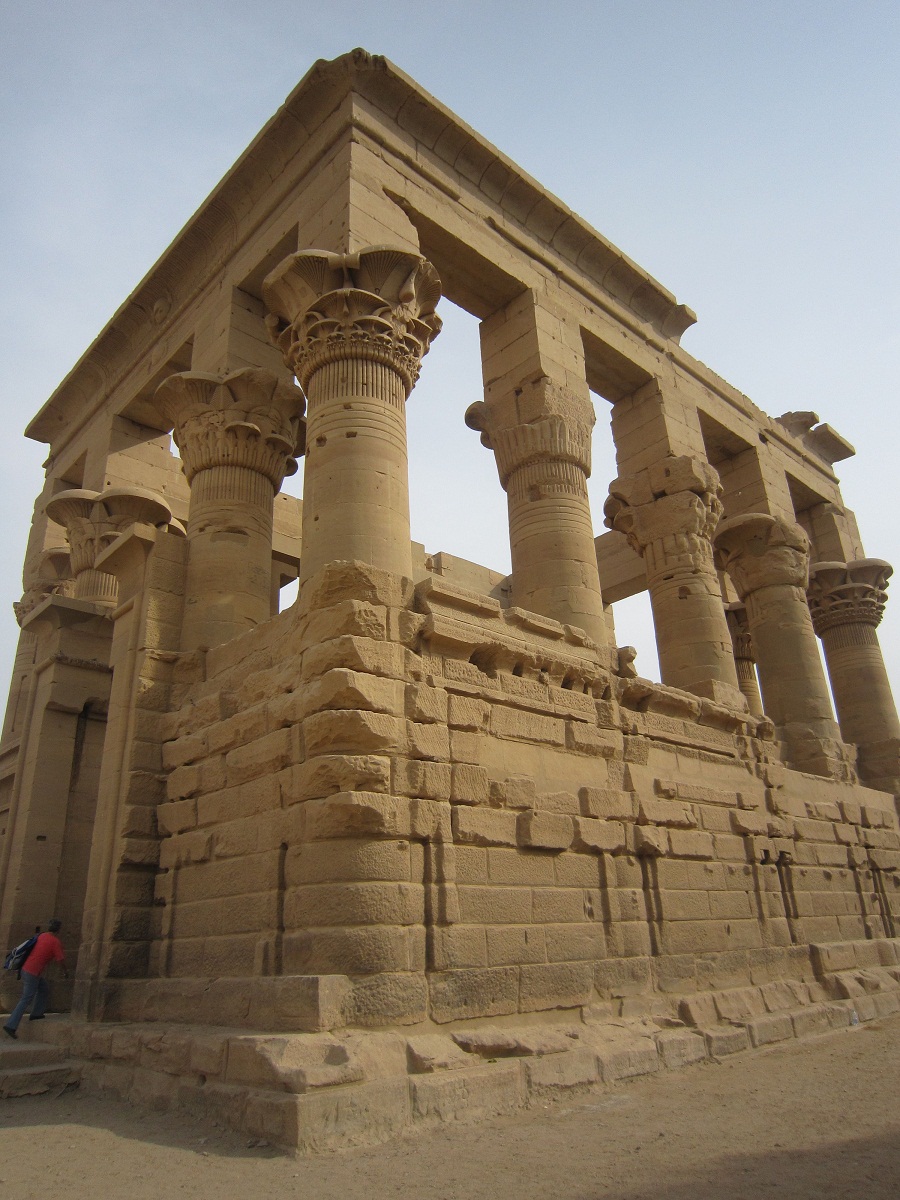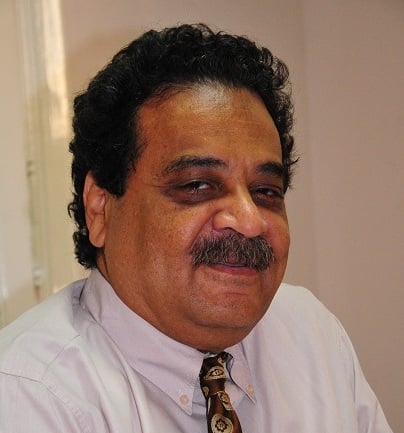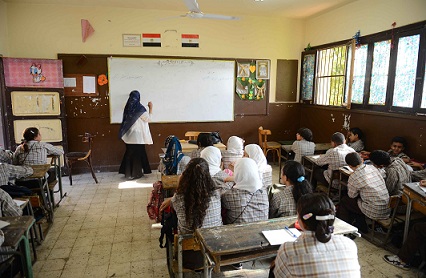It is wintertime in Egypt and a Nile cruise to Aswan and Luxor is by far the best getaway destination for your winter break. There are a few options to get there: First, you can enjoy a cruise from the city of a thousand minarets, Cairo; you can also begin from Luxor and head north; or vice versa, starting from Aswan on your way south to Luxor.
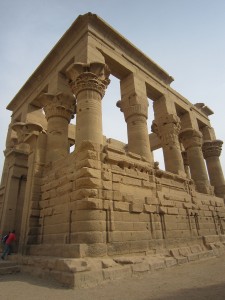
Sarah El Masry
If you decide on the latter, the journey begins at Aswan’s International Airport. While it is described as “international”, the airport is small and ancient, and reflects the simplicity of Aswan, a city of charm.
Outside the airport around the city, several hills around the heart of Aswan are ornamented with white one-storey houses that demonstrate the architectural vernacular of the area and exhibit its authentic and local features. After a short time, it is difficult to ignore the tint of globalisation with international hotels and famous fast food chains present on the vibrant main streets of the city.
Further from the airport is a small marina where boats are prepped to ferry flocks of tourists to Agilkia Island, home of Philae Temple. The journey to Aswan-Luxor journey kicks off here.
Philae Temple
The boat trip from the marina to Agilkia Island is short, but filled with picturesque scenery. As the boat ripples through the tranquil waters of the Nile, small waves crash into even smaller islets made up of formations of titanic round rocks that decorate the path towards the island. Eventually, Philae Temple appears gloriously on the horizon.
Around the small marina on Agilkia, Nubian merchants sell colourful hand-made jewellery, wooden Nubian miniature dolls and animals, straw hats and pottery pots. Speaking multiple languages, merchants approach visitors to present their wares. However, visitors can hastily climb up the gradient to meet face to face with the temple.
Entering the open-court of pillars, the temple is vast and epic. Philae was built during the Greco-Roman era under the Ptolemaic dynasty. The temple’s construction lasted over 600 years and was dedicated to worshiping the goddess of motherhood and love, Isis, who was a deity for the Romans in Egypt.
Unlike most temples in Egypt, each pillar at Philae in the open-court is topped with a lotus flower, some flowers open while others are closed. This inconsistency was intentional to mimic and also differentiate between the style of the Pharaohs and that of the Ptolemaic dynasty. Ceremonial processions, enthroning or reaping occasions once took place in this court.
Moving on to the pylon (the second structure in Egyptian temples), the number of entrances to the temple indicated how many gods or goddesses to which the temple was dedicated. This is why Philae has one gate devoted for Isis. The walls of the pylon have inscriptions of the Ptolemaic kings giving offerings to goddess Isis.
The third part of the temple is a closed hall of pillars which contains the room where Horus, son of Isis is said to have been born. It is worth noting that the inscriptions on pillars of the temple were a mixture of Pharaonic and Greek languages. This leads to the most scared part of the temple, the sanctuary where sacrifices and offerings were kept.
For observant visitors, they might notice the pillars of the closed hall have Christian crosses. The enigmatic inscriptions of crosses are evidence that the temple was later used as a church. This makes Philae a real melting pot.
Outside of the main temple, secondary buildings and rooms stand alone. The only distinguishable structure among them is the kiosk of the Roman Emperor Trajan. Along with Philae, the Kiosk was also preserved by the UNESCO project to relocate the temple to Agilkia which is about 500 metres away from Philae Island in 1964.
Relax and enjoy
The best thing about Aswan is that feluccas are like taxis in their availability, but cheap considering the amazing scenery they offer. A group of ten could get a felucca for as little as 100 EGP and you could easily coordinate with the sailor the pick-up time. That’s what Am Mohamed, the felucca sailor, offered anyway. He took us along the Nile showing us beautiful rock formations and some colourful Nubian houses scattered along the banks, ending the trip with a visit to the Botanical Garden.
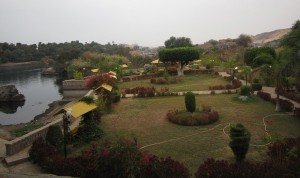
Sarah El Masry
Upon arriving at the garden, more vendors wait to show off their handmade crafts and souvenirs. Little children selling flowery necklaces and Nubian takiyas (knitted hats with colourful patterns) sprint towards visitors after stepping foot on the island.
In history, the island was once the base for Lord Kitchener (the British Field Marshal responsible for ruling Sudan in the late 19th century). Even today, many still refer to the island as “Kitchener’s Island”.
The air on the island is refreshing; especially considering only days we were inhaling the thick Cairo smog. Lovers of botany can visit the museum for plants and seeds. The island grows tropical trees and palm trees from all over the world, fruits such as papaya and coconuts, spices such as ginger, paprika and cinnamon. It is no wonder the island is also equipped for agricultural research.
For those desiring some relaxation with a view of the sunset on the Nile and some greenery in the background, the Botanical Garden has no competitor.
Shopping spree
Nights in Aswan offer a myriad of activities, such as tasting the cuisines of the local restaurants which spread all over the downtown area, and shopping for some of Aswan’s specialties. The touristic market is the first place you might visit for its variety and wide range of prices, not to mention the fun one can have haggling over prices. Walking along the market is, in itself, an interesting and great experience.
Despite our visit to the market on a rainy day, we were still overwhelmed with the aroma of fresh-roasted Aswani peanuts, sunflower and pumpkin seeds blended with the smell of spices.
Regular merchandise at the market is similar to what you might find at Khan El-Khalili in Cairo, but what the Cairo market does not have is the variety of Nubian souvenirs and crafts. Hand-made miniatures and masks embellished with fantastic colours are exhibited throughout the market street, and be sure not to miss out on traditional Nubian clothes; buying a Nubian galabiya of such quality that is rarely found anywhere else.
As for Aswan’s other specialities, they are mostly food related. No one leaves Aswan without some of its famous Aswani peanuts. Sure you can buy something similar in Cairo, but the flavour really is not the same. Peanuts from Aswan are exceptionally tasty because they are first buried in the sand, then sieved right before being sold.
Lastly, one of the most important products Aswan is known for is the dates. Visitors of Aswan can sample a variety of dates, though the most famous types are El-Sakouti, El-Malkabi, and El-Gondaila.
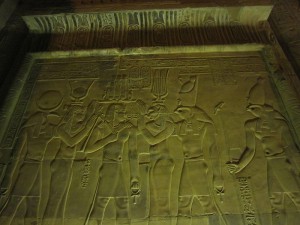
Sarah El Masry
Unusual temple: Kom Ombo
Only 45 kilometres away from the city, we enjoyed a cruise that took us to Kom Ombo Temple.
The name Kom Ombo means the land of gold, which is appropriate for the area where gold has been mined in the past. Though the temple might look similar to other Pharaonic temples at first sight, Kom Ombo is actually from the Greco-Roman era with some spectacular structural elements and a particularly interesting story. The temple is another perfect example of how religion was central in the lives of ancients Egyptian and their successors.
Structurally Kom Ombo is atypical because it was designed for two gods and thus it has two gates embedded in its huge pylon; the gate on the right was erected for the crocodile god Sobek while the gate on the left was for Horus, the falcon god.
The ancient legend says that the sun god Ra stumbled upon a war between the two gods Sobek and Horus, so Ra invoked the deity of judgement who ruled that the temple should be divided between the two gods. On the wall of the pylon, the inscriptions show the Ptolemaic kings consecrating the temple to the two gods on each gate.
The temple has two sanctuaries and altars for the two separate gods. The manifestations on the walls of the temple refer to kings of the Ptolemaic dynasty offered blessings from the gods and goddesses upon their enthronement.
Near the temple crocodiles were once found, captured and locked under Sobek’s altar in the temple. The prayers and sacrifices in the temple used to be carried out by slaughtering animals and feeding them to the captive crocodiles. This ritual was meant to satisfy Sobek and keep the Nile’s crocodiles from hurting people. During early excavations in the temple, archaeologists excavated more than 300 crocodile mummies. The mummified meat-eaters are on display at the Crocodile Museum built adjacent to the temple.
On the other side of the temple, rooms were built for pilgrims who came to seek healing from Horus, the god of healing.
Kom Ombo at night is also a magnificent experience enriched only by knowing the mysterious stories behind the building of the temple.
One last adventure: The Lock of Isna
Returning to the cruise ship and leaving Aswan, the journey heads south to Luxor with one last adventure in store: crossing the Lock of Isna. It is one of those moments along the cruise where the level of excitement hikes up. While some might enjoy the suspense of a sudden drop in the current, water splashing the sides of the lock and so on, crossing seemed to be just another chore for the ship’s sailors.
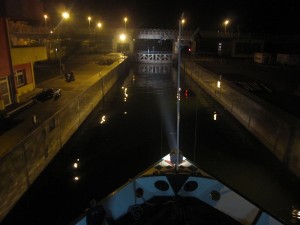
Sarah El Masry
There are two locks. The first one is known as the Barrages of Isna and was established in 1906 to control and preserve the Nile floods for agricultural purposes. The barrages block the water flow while ships traverse the change in water level by means of a double gated lock. Once the ship passes through the first lock gate, it goes through the second lock that automatically operates using hydraulic energy.
Although, the best time for crossing is usually at daytime, our crossing happened at dawn, but it was still exciting. The daylight was dimmed, but we could feel the ship descending, especially in the second lock where the Nile water level drops down a few metres.
The process looks smooth, but it is known to be risky for individuals directing cruisers, not to mention ships could easily bump into one side of the lock track. Our boat’s sailors stopped and anchored the cruiser with thick ropes, closed the back gates of the lock then opened the front ones. In the second lock the water level dropping is more noticeable and we could both feel and see the ship descending.
Existing Isna locks, the journey to Luxor, another exciting city, is almost over.
Visiting Aswan at this time of the year is exciting because not only is it time where the weather is mild, but also a time when domestic tourism is buoyant. During the visit, Aswan was full of Egyptian visitors from all over the country who were eager to help out choosing food places or during shopping.
While the cultural wares and local commodities purchased and the pictures taken at Aswan might help keep the memory of this wondrous city, it is simply not the same as the experience. We could not hold on to the fresh smell of the Nile, the soft breeze during each felucca ride or its generous and hospitable people. It is a city where the present meets the past, opening doors for visitors to a historic, cultural, and relaxing experience.
